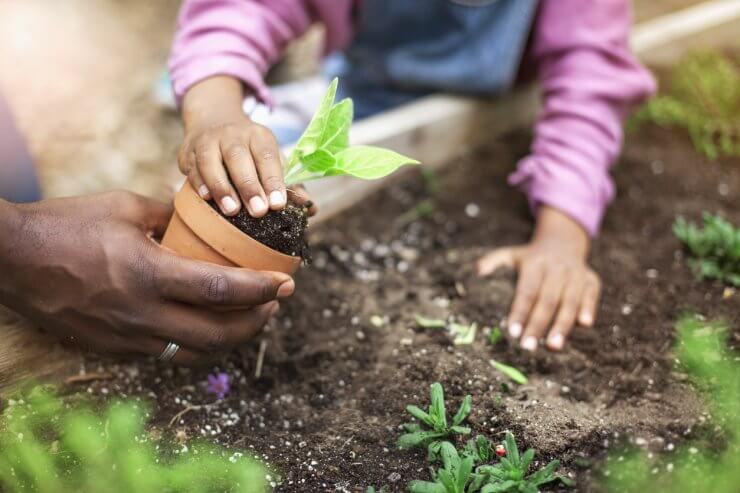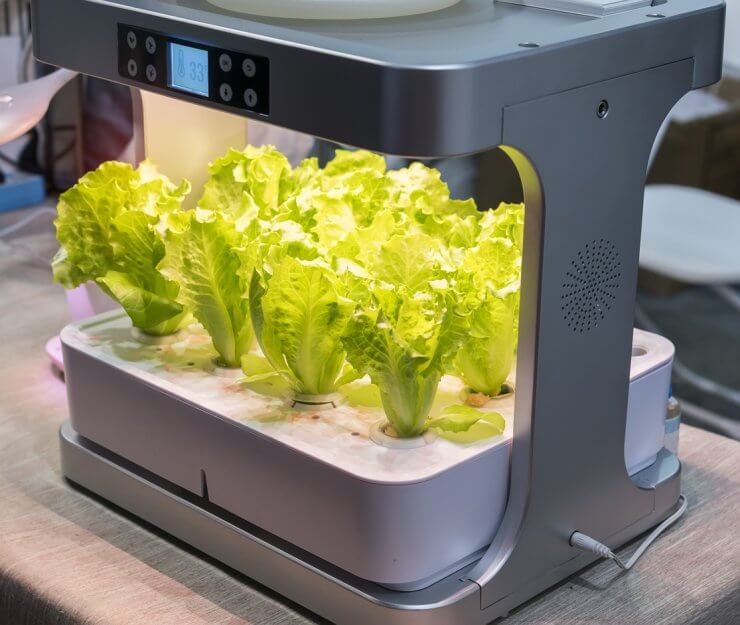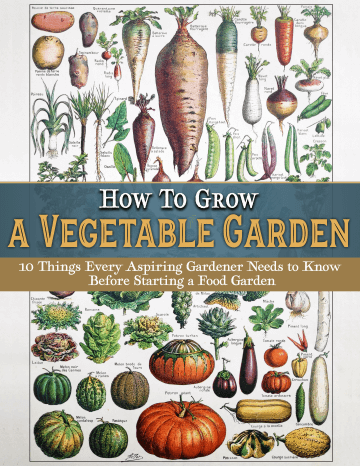
The idea of growing your own food year-round is appealing. I don’t mind going to the grocery store, but I also don’t know how much I’d miss it if I didn’t have to go so much. And let’s be honest, those out-of-season strawberries just aren’t the same as the juicy, sweet, transcendent berries that you grow in your own garden in late spring.
But is growing your own food year-round even possible? After all, we can’t all live in southern California, can we? In short, it is possible to grow food all year long, no matter where you live. There are a few ways to approach this, and it will be largely dependent on your climate, how much food you want to grow, and how much space you have to work with.
Discover 10 top tips for growing, harvesting, and enjoying fruits, vegetables, herbs and more from your home garden—when you access the FREEBIE How to Grow a Vegetable Garden, right now!

The secret to growing your own food year-round in any climate
Okay, let’s clarify the issue. The real trick in growing your own food year-round isn’t trying to grow it during the regular growing season. Follow your standard gardening practices, and you can have plenty of fresh herbs and vegetables. With a reasonably sized garden, you could easily grow enough to feed yourself. Even with a small garden, you can supplement your grocery bill quite well.
Succession planting is a fantastic way to guarantee a harvest for a lot of the year. If you’re new to gardening, succession planting is essentially timing your vegetables, so you have a continual supply of fresh veggies coming in. For instance, peas are an early-season vegetable. Once you harvest those, you pull up the plants and put something else in its place, like eggplant. Or even a later maturing variety of peas.
But when the temperature starts to drop and the days grow shorter, that’s when those outdoor gardens begin to slow down. You can still harvest cool-weather favorites like kale, butternut squash, and Brussels sprouts, but even those are done for once the icy weather sets in.
So in actuality, growing your own food year-round is partially about having an indoor garden. There is a lot to say about this, but ultimately it depends on how much you want your garden to supply. For some, it’s nice just to have a small indoor herb garden. Those fresh sage leaves truly brighten up a roasted butternut squash, for example.
For a successful indoor garden, you need a warm environment, and you will need grow lights. There’s just no way an indoor vegetable garden can thrive on the limited winter sunlight. You might be able to keep some herbs and shade-loving greens like loose-leaf lettuce going, but small grow lights aren’t too expensive, and they can really help your plants.
One word of advice: If you’re really new to gardening, start small. From contaminated soil to wildlife like deer to user error, there are all sorts of things that contribute to the learning curve. You will have plants that never produce. You’ll overwater your vegetables – or underwater them.
But you’ll also have the most delicious vegetables you’ve ever tasted. You’ll have the excitement and satisfaction of watching a plant develop and produce gorgeous fruits and vegetables. You’ll enjoy broccoli more than you ever thought you could.
Have you tried growing your own food year-round? Any tips you’d share in the comments?
Discover 10 top tips for growing, harvesting, and enjoying fruits, vegetables, herbs and more from your home garden—when you access the FREEBIE How to Grow a Vegetable Garden, right now!




